Can you tell the difference between cannabis and industrial hemp?
Cannabis. Hemp. Weed. Industrial hemp (Nutzhanf). These terms are often thrown around without differentiating between them. But what exactly do they mean? Let's find out together.
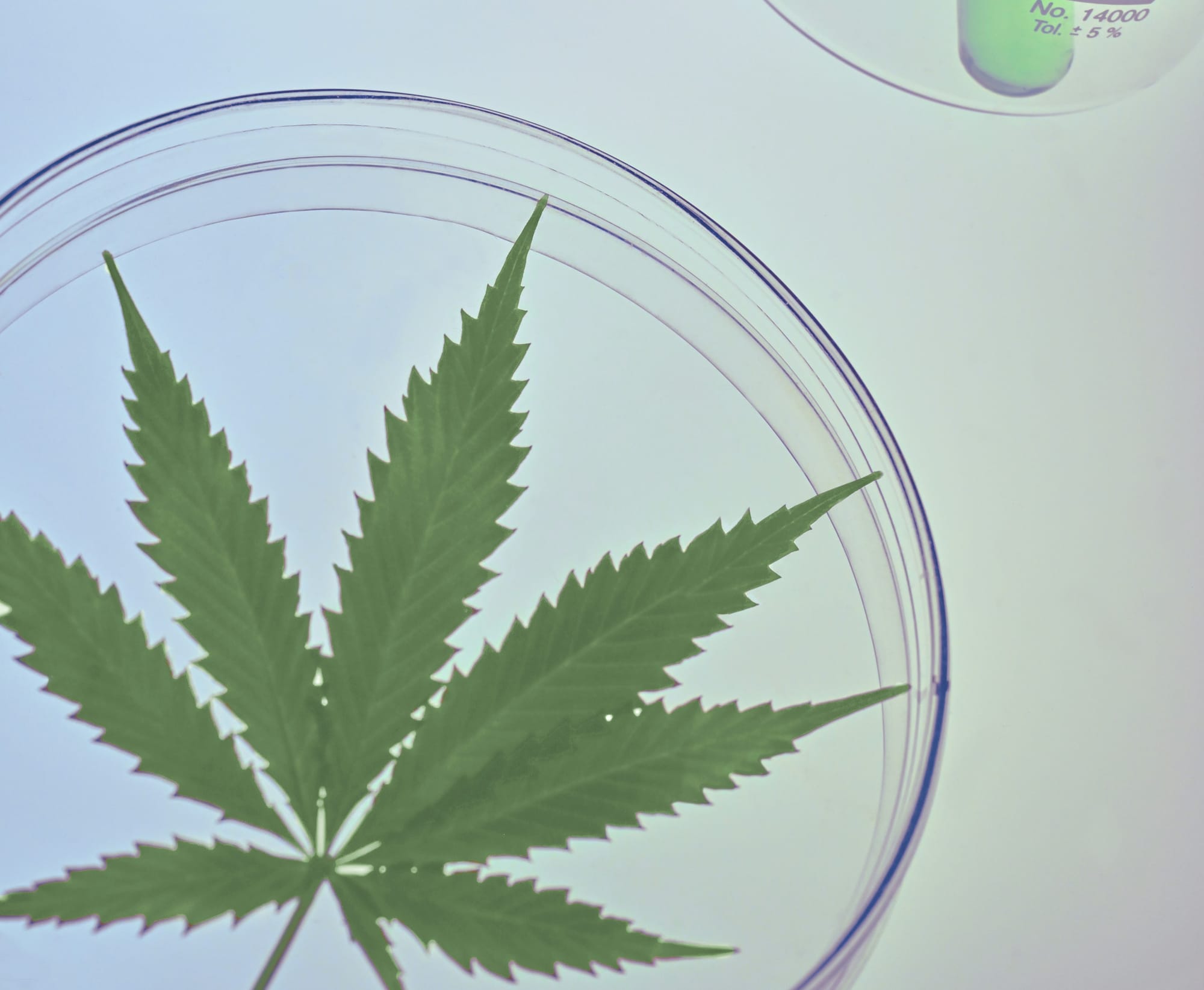
Cannabis. Hemp. Weed. Industrial Hemp (Nutzhanf). The words are thrown around interchangeably, but what exactly do they mean? With Germany’s partial legalisation of cannabis in 2024, it’s more important than ever to untangle the confusion. While both cannabis and industrial hemp (Nutzhanf) come from the same plant family, their purposes, cultivation, and even legal status couldn’t be more different.

Same roots, different paths
Let’s get one thing straight: industrial hemp and cannabis both come from the species Cannabis sativa. But calling them the same thing would be like lumping a racehorse and a plow horse into the same category. Yes, they share a lineage, but they’ve been bred for wildly different purposes.
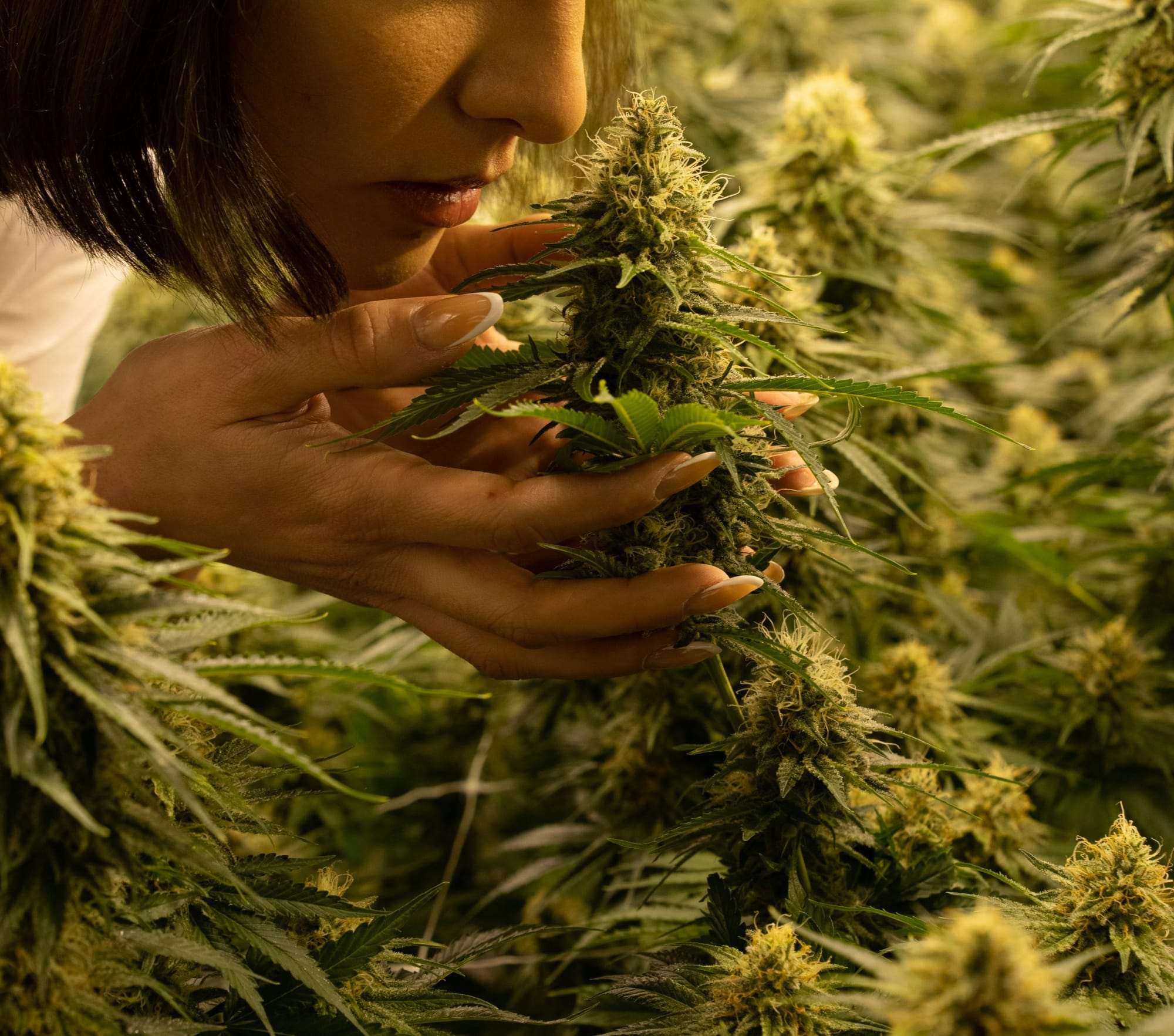
Industrial hemp is the workhorse of the cannabis world. With stalks that can grow several meters high, it’s all about strength and resilience. It's grown for its robust fibers, seeds, and other industrial applications. Its THC content—the psychoactive compound in cannabis—is negligible, staying below 0.3%. This makes industrial hemp non-intoxicating and ideal for practical uses in various industries.
Cannabis grown for consumption, on the other hand, is a thoroughbred designed for a different race. These plants are shorter, bushier and are grown for one reason only: to produce flowers rich in THC (partly up to 35%), the substance responsible for the psychoactive effects of cannabis, which is why they are sought after for recreational and medicinal purposes. Unlike industrial hemp, these plants are cultivated with precision, often in climate-controlled greenhouses where light, temperature, and humidity are meticulously managed.

Cultivation differences
Industrial hemp thrives outdoors. It’s hardy, low-maintenance, and grows in a variety of climates. Farmers love it because it doesn’t need much fertilizer or pesticide, and its deep roots improve soil quality. In fact, industrial hemp’s resilience makes it one of the more sustainable crops out there.
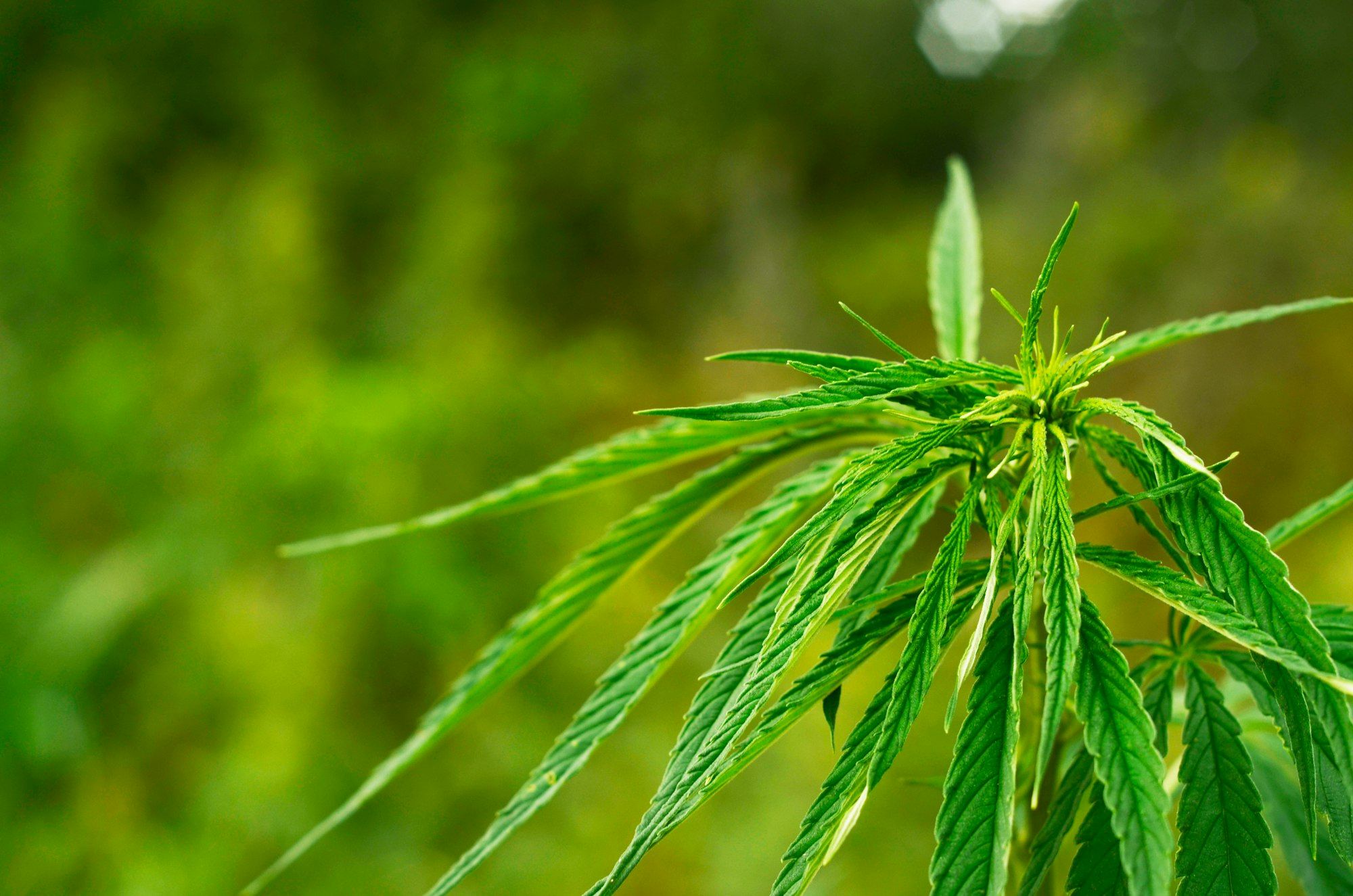
Cannabis for recreational or medicinal use is a different story. It’s all about maximizing potency, which means carefully controlled conditions. The plants need just the right amount of light, the perfect temperature, and consistent humidity levels. Most are grown indoors, where growers can manipulate the environment to produce the dense, resinous buds consumers expect.
And then there’s the gender issue: cannabis cultivation focuses exclusively on female plants, since they’re the ones that produce the prized flowers. Male plants? They’re weeded out early.

Different markets and uses
Industrial hemp and cannabis also cater to vastly different markets. Industrial hemp is the ultimate multitasker. Its fibers go into everything from durable textiles to construction materials like hempcrete. Its seeds are a nutritional powerhouse, packed with protein and omega-3 fatty acids, making them a staple in health food stores. Industrial hemp oil finds its way into cosmetics, and the plant’s versatility has even made it great in sustainable packaging.
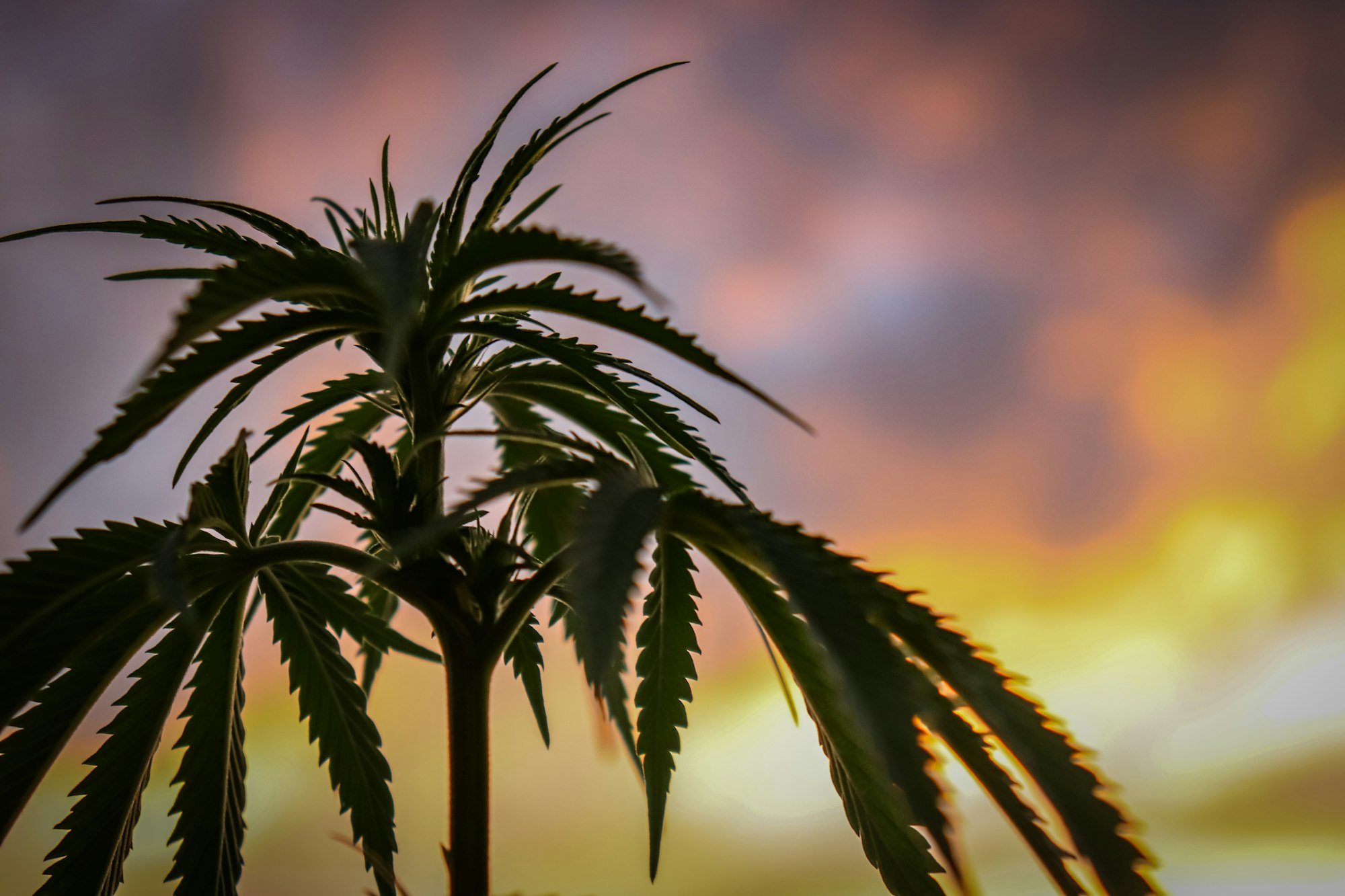
Cannabis, by contrast, is more specialised. Recreational users seek its psychoactive effects, while medical patients rely on its ability to manage pain, anxiety, or other symptoms. The differences go further still: Cannabis sativa strains are often associated with uplifting, energetic effects, while Cannabis indica strains are known for their calming, sedative qualities.

The legal framework
Legally, the two plants occupy very different spaces. Industrial hemp, while non-intoxicating, is tightly regulated in Germany. Farmers must use certified seeds with THC levels below 0.3%. The Federal Agency for Agriculture and Food (BLE) monitors cultivation, and growers must report their planting areas and adhere to strict guidelines. For many farmers, the red tape outweighs the potential rewards. In some other countries, such as Italy (0.6% THC) and Czech Republic (1% THC), the legal treshold for THC is higher.
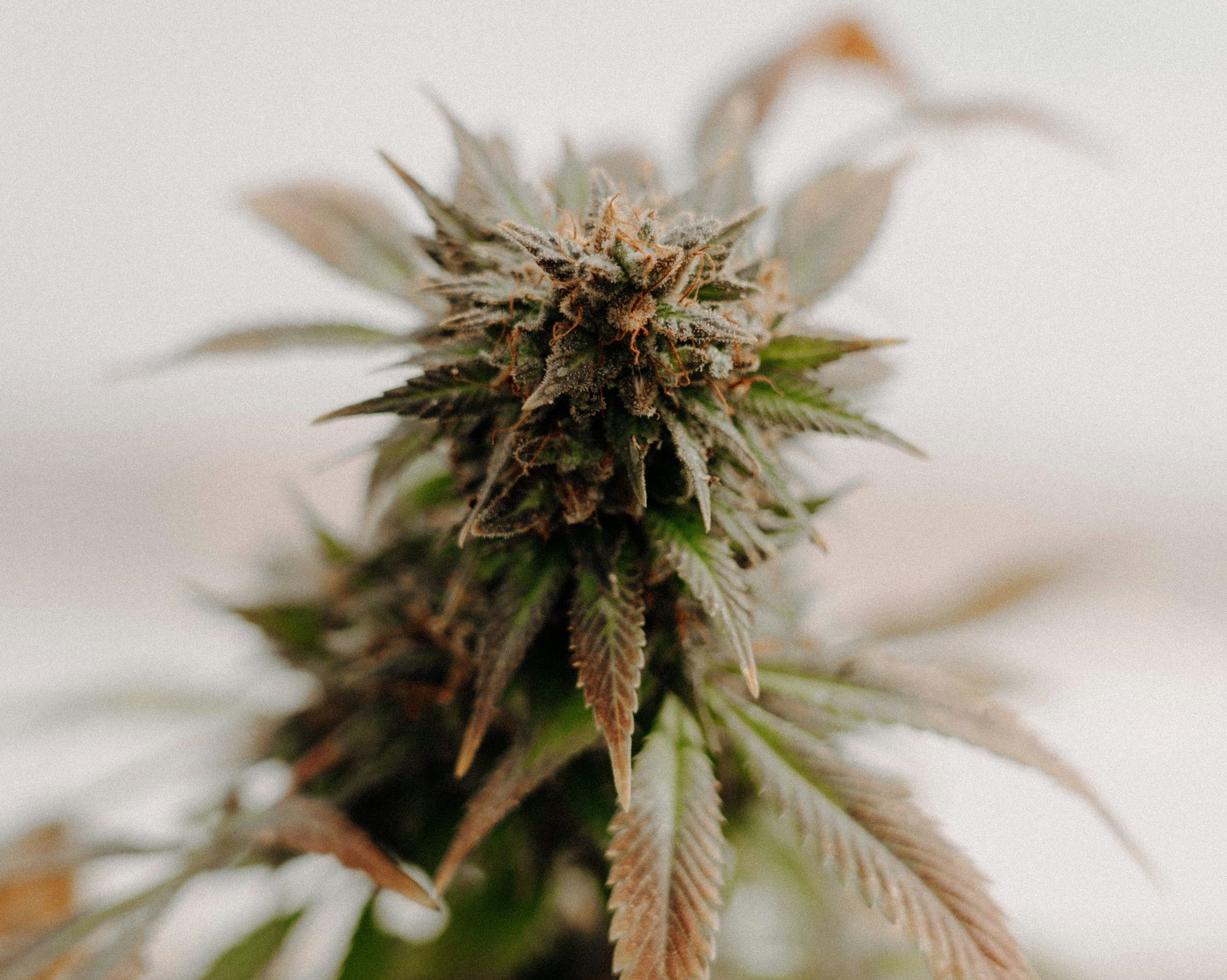
Cannabis with higher THC levels exists under a more complicated framework. Since 2024, individuals in Germany can legally grow up to three plants for personal use, and cannabis clubs are allowed to cultivate and distribute to their members. But commercial cultivation and distribution remain highly controlled, with licensing and compliance presenting significant barriers.

Why the distinction is important
Understanding the difference between industrial hemp and cannabis isn’t just a matter of semantics—it’s key to understand their respective industries and laws. Industrial hemp represents a sustainable, versatile resource with a huge potential for industries like construction, fashion, and food. Yet it’s often overshadowed by the more controversial debates surrounding recreational cannabis.

Cannabis, meanwhile, is finding its place in a shifting cultural context. Whether for personal enjoyment or medical relief, its partial legalisation reflects shifting attitudes but also raises questions about regulation, accessibility, and enforcement.
It’s crucial to approach cannabis and industrial hemp with clarity. They may share roots, but their paths—and the roles they play in society—are entirely their own.

